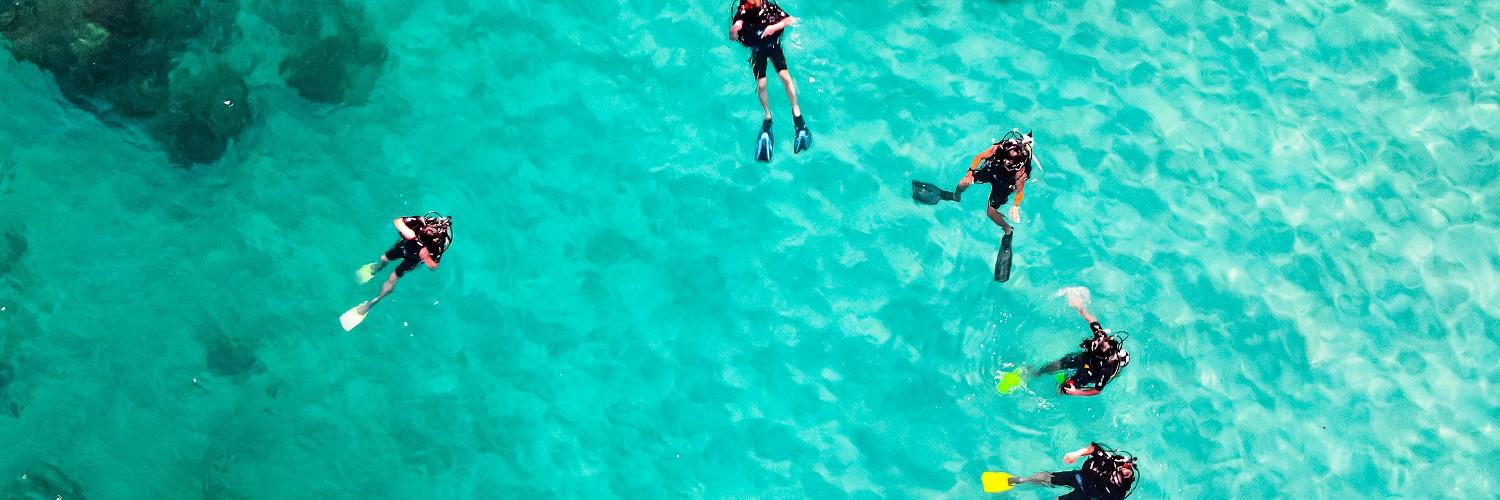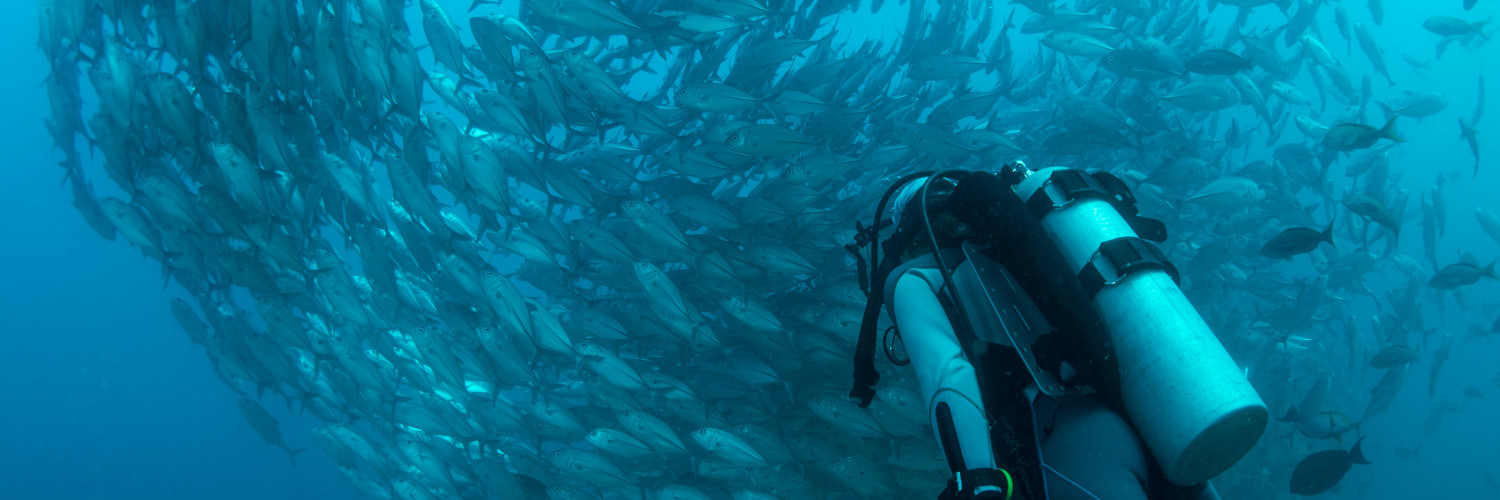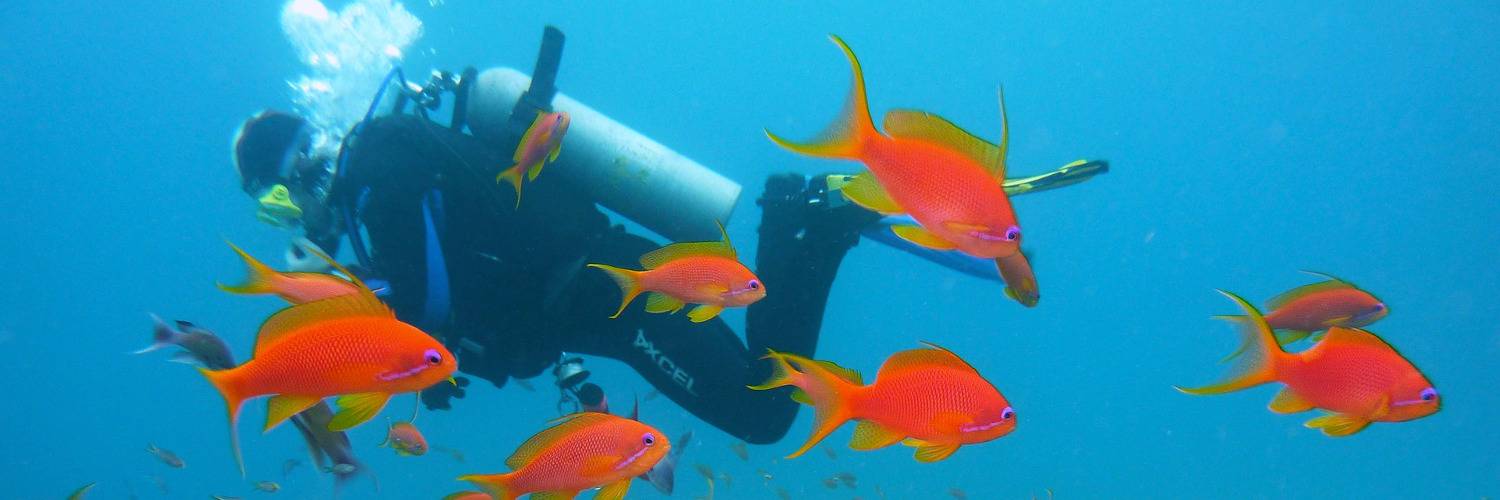Scuba diving after surgery requires careful consideration and ample recovery time to ensure the safety and well-being of the diver. Medical professionals advise that the type of surgery undergone has a direct impact on the appropriate waiting period before resuming diving activities. For instance, individuals who have undergone cosmetic procedures such as breast augmentation or liposuction should typically allow a healing time of 4-6 months, while hair transplant patients may be cleared to dive after 8 weeks. The imperative is clear: allowing the body sufficient time to heal can prevent complications under the pressure changes experienced during a dive.
When it comes to more invasive surgeries, such as abdominal or lung operations, the timeline for a safe return to diving can extend due to the nature of these procedures. It is generally recommended that those who have had abdominal surgery wait at least 6-8 weeks, granting time for the abdominal muscles to fully recover. Similarly, specialists suggest a waiting period of two months post retinal detachment surgery, provided that all gas used during the procedure has dissipated. Consultation with healthcare providers is crucial to assess individual circumstances and to establish a timeline for when diving may become a viable activity once more, ensuring that the stress of diving does not impede the recovery process or jeopardize the diver’s health.
Pre-Scuba Considerations After Surgery
Before resuming scuba diving after surgery, individuals should thoroughly evaluate their physical readiness and ensure complete healing to prevent complications under water. It is crucial to follow recommended waiting periods and consult with a surgeon to assess fitness for diving activities.
Assessing Fitness to Dive
When an individual contemplates returning to scuba diving post-surgery, they must first assess their overall physical fitness. Tissue healing and the recovery of strength and flexibility, particularly in joints, are paramount. Individuals should be free from pain and capable of performing diving-related tasks without discomfort.
Understanding the Waiting Period
For most surgeries, a specific waiting period is necessary before it is safe to scuba dive. Surgical wounds need time to heal to avoid the risk of infection or dehiscence (wounds re-opening). Generally, a minimum of 6 to 8 weeks is advised for abdominal surgeries, while surgeries such as breast augmentation or facelifts may require up to 4-6 months prior to diving. Hair transplantation patients should allow at least 8 weeks of recovery.
Consulting with a Surgeon
It is imperative to consult with the surgeon who performed the procedure to get personalized advice on when to safely resume diving. For those who have undergone lung surgery or surgeries posing a risk to breathing, the surgeon’s expertise is especially crucial. They can provide guidance on tests or evaluations needed to confirm that a patient’s surgical incision and tissue have healed appropriately, reducing the risk of complications related to scuba diving.
Risks and Complications
Scuba diving after surgery can expose an individual to several health risks and complications. It is crucial to understand how these can impact the safety and well-being of a diver.
Decompression Sickness
Decompression sickness (DCS), also known as “the bends,” is a risk for any diver, but post-surgery individuals may have an increased susceptibility. The presence of gas bubbles in the body post-dive can interfere with surgery recovery, notably in cases involving abdominal surgery or joint replacement, where cavity or tissue spaces may allow for bubble formation or adhesions.
Pulmonary Barotrauma
Divers must also be cautious of pulmonary barotrauma, which can happen if expanding gas is trapped in the lungs during ascent, leading to lung overexpansion. Surgery patients, especially those who have had recent chest or abdominal procedures, are at a higher risk of barotrauma due to changes in tissue integrity or the presence of adhesions.
Infection and Wound Healing
Infections and delayed wound healing are significant concerns for post-surgery divers. Immersion in water, particularly before a wound has fully healed, can lead to infection and complicate the healing process. Scuba divers should ensure that any incisions or surgical sites are well-healed and cleared by a physician trained in dive medicine before returning to diving activities.
Other Surgery-Specific Risks
Each type of surgery can present unique risks when returning to diving:
- Joint replacement: May lead to joint susceptibility during decompression.
- Retinal detachment surgery: Pose risks with changes in ocular pressure during descent and ascent.
- Abdominal surgery: Can be complicated by the formation of gas bubbles within the tissues, which may lead to pain or emergencies under the water.
Individuals should consult with their doctors and dive-medicine professionals to assess risks specific to their surgery before engaging in scuba diving.
Dive Medicine and Post-Operative Recovery
The successful return to diving post-surgery depends on careful management of medications, gradual reintroduction of physical activity, and tailored recommendations for specific types of surgeries.
Managing Pain and Medications
Pain management post-surgery is essential, and divers must be aware of the implications of pain medications on their dive fitness. Some analgesics have side effects like drowsiness or dizziness, which can impair a diver’s ability to respond underwater. Divers should also be aware that certain medications can affect blood flow and increase the risk of decompression sickness if diving is resumed too soon.
- Non-Steroidal Anti-Inflammatory Drugs (NSAIDs): Commonly allowed for mild pain, but divers should monitor for gastrointestinal issues.
- Opioids: May be prescribed for severe pain but carry a significant risk of impairment; clearance from a physician is vital before returning to diving.
Physical Activity and Healing
A gradual return to physical activity is crucial for recovery after surgery and before resuming diving. Activities such as running or swimming should be reintroduced slowly to evaluate the body’s endurance and avoid complications such as infections or compromised blood flow to healing tissues.
- Early Stages: Light walking may be beneficial to prevent blood clots.
- Later Stages: Therapeutic exercises may be introduced to restore mobility and build endurance.
Diving After Specific Types of Surgery
Different surgeries require varying degrees of healing time and consideration before a diver can safely return to the water. For example, abdominal surgery generally requires a post-operative wait of six to twelve weeks; however, the duration may vary based on the extent of the surgery. In the case of lung cancer or surgeries like a thoracotomy, recovery may involve a longer wait and consultations with specialists to assess lung function post-surgery.
- Cosmetic Surgeries: Typically, 4-6 months for procedures like breast augmentation and liposuction.
- Brain Surgery: Extended wait due to seizure risk, with each case needing individual assessment.
When considering diving after exposure to radiation or chemotherapy, divers must consult with healthcare providers as these treatments can affect diving readiness and overall tissue recovery.
Adapting Scuba Activities Post-Surgery
Post-surgical recovery varies, and so does resuming scuba diving activities. This section addresses how divers can adjust their practices and engage in safe water-based activities to facilitate a smooth and secure transition back into diving.
Modified Diving Practices
After surgery, divers should consult with healthcare providers to determine the appropriate time to return to the water. Joint replacement patients, for example, often require a personalized assessment to ensure safe diving post-surgery. A gradual return to the sport is key.
Initial Stages:
- Begin with stationary swimming in a controlled environment such as a pool to limit strain on healing tissue.
- Use this time to assess fitness to dive and regain comfort with equipment and buoyancy.
Progression:
- As strength and confidence improve, introduce low- to moderate-intensity physical activities.
- Gently progress to open water environments once a medical professional gives the all-clear.
Adapting the diving routine is necessary, especially for divers with new implants. The stress and pressure of deep water can impact the healing process, so adjusting expectations and dive profiles is crucial for a safe return to scuba diving.
Safe Physical Activities in Water
Physical activity in water post-surgery should not compromise the healing process. Initiating safe, water-based exercises contributes to overall strength and conditioning, which are vital for diving.
Swimming:
- A non-impact activity, swimming is an excellent way to maintain cardiovascular fitness while being gentle on surgically repaired areas.
Water Aerobics:
- Engaging in water aerobics can provide low-impact resistance training, which is beneficial for muscle rebuilding while avoiding stress on joints and surgical sites.
Both activities aid in the transition back to full scuba diving activities, keeping in perspective the body’s limitations and the need for a gradual increase in intensity. Always communicate with healthcare providers about the specifics of your surgery to tailor a water-based activity plan that aligns with your recovery stage and maintains safety as a priority.
Environmental Factors and Scuba Diving
Scuba diving after surgery requires consideration of various environmental factors that can affect recovery and safety. The underwater environment poses specific risks for post-surgery divers, particularly concerning marine life interaction and visibility conditions.
Underwater Environment and Marine Life
The underwater world is home to numerous marine organisms, which can pose risks to divers. After surgery, divers should be especially cautious of marine life that could cause injury. Organisms like jellyfish can sting, leading to envenomation that might complicate recovery, particularly for those with compromised immune systems or wound healing. Postoperative divers should also consider the effects of pressure on the body; for example, the spleen—which filters blood and is involved in the immune response—may be affected by the increased pressure at depth.
- Risks associated with marine life include:
- Puncture wounds from sharp coral or spines.
- Bites from marine animals.
- Stings that can trigger allergic reactions or infections.
Visual Acuity and Diving Conditions
Visual acuity is critical for safe scuba diving. Divers must maintain clear vision to navigate, communicate with dive partners, and monitor dive equipment. Post-surgery divers should be aware of the potential risks of retinal detachment, especially in high-pressure underwater environments. Furthermore, the optical clarity of water can vary, with factors such as depth, light availability, and water particulates affecting visibility.
- Specific considerations for visual acuity in diving include:
- Maintaining good visual contact with dive partners and surroundings.
- Understanding how depth changes can affect light penetration and, consequently, visibility.
- Recognizing signs of visual problems, such as flashes of light or a curtain-like shadow, which could indicate retinal detachment.
Divers who have had recent surgery should employ these considerations along with professional medical advice when returning to scuba diving activities.





